amateur radio
emergency communication
ham radio
MANET
mesh network
amateur radio, AREDN, ATAK, Communication Solutions, Disaster Relief, emergency communication, Emergency Digital Network, Emergency Network, emergency response, First Responder Tech, HaMPR, IP Network, MANET, Mesh Communications, Mesh Firmware, mesh network, Mobile Ad-hoc Network, Off-the-Shelf Components, Orion, PoE, Portable Mesh Network, portable radio, Power over Ethernet, push-to-talk, situational awareness, Smartphone EUD, Ubiquiti Rocket M5, USB C, USB Ethernet, wireless networking
9M2PJU
0 Comments
Introducing the HaMPR: Human MANET Portable Radio for Emergency Networks
In emergency situations where communication infrastructure is down, reliable and self-contained communication systems become essential. Enter the Human MANET Portable Radio (HaMPR) — a revolutionary device designed to provide a flexible, mobile, and powerful network solution for first responders, emergency crews, and tech-savvy operators who need to stay connected in isolated environments.
What is HaMPR?
HaMPR is a portable, human-carried device designed to enable access to a wireless Mobile Ad-hoc Network (MANET). It integrates both a MANET radio and an End User Device (EUD), all packaged into a single, self-contained system. The device is designed to be worn by a single person, allowing them to either create a local MANET or extend an existing one, especially in emergency situations.
HaMPR is powered by Commercial Off The Shelf (COTS) components, ensuring cost-effectiveness and ease of sourcing. It provides connectivity for smartphones and supports various IP-based applications such as Situational Awareness tools like ATAK, Push-to-Talk apps like Orion, web browsing, VoIP (Voice over IP), and more.
Key Design Goals
The HaMPR system was designed with a few key objectives in mind:
- MANET Connectivity: HaMPR should not only connect an End User Device (EUD) to a MANET but also extend the network to other users and devices.
- Simplicity: The design minimizes the number of components, making it easier to assemble, operate, and maintain.
- Power Efficiency: HaMPR uses a single battery to power both the MANET radio and the EUD, simplifying its use in the field.
- Versatile Applications: The system supports a wide range of IP-based applications, including communication, coordination, and situational awareness.
The HaMPR Bill of Materials (BOM)
Building a HaMPR system requires the following components:
- Samsung Galaxy S8+ (or any compatible smartphone with USB Ethernet support)
- Ubiquiti airMAX Rocket M5 BaseStation: The heart of the MANET radio, providing connectivity (around $89).
- AREDN Mesh Firmware: Running on the Rocket M5, providing the MANET functionality (available at arednmesh.org).
- Two 5 GHz Omni Antennas: For network coverage ($9/pair).
- USB C OTG “splitter” adapter: To connect various devices ($12).
- USB C PD Emulator Trigger cable: To ensure correct power delivery ($10).
- Passive PoE Injector: For power over Ethernet ($7).
- USB C PD Power Bank: To provide power to the entire system (specs to be checked for compatibility).
- USB Ethernet Interface: Supported by Android for connectivity.
- Ethernet and USB C cables for connections.
- Optional: Juggernaut Case and a carrying case to transport the radio and battery.
Assembly Instructions
Part 1: Setting Up the Rocket M5 MANET Radio
- Attach the antennas: Connect the two 5 GHz Omni Antennas to the Rocket M5.
- Ethernet connections: Use an Ethernet cable to connect the Rocket M5 to the Passive PoE Injector’s Ethernet output.
- Power setup: Use the USB C PD Emulator Trigger cable to connect the PoE injector’s power input side, then connect it to the USB C PD power bank using a USB C cable.
Part 2: Connecting the End User Device (EUD)
- USB C OTG splitter: Connect this to your smartphone (the EUD).
- Ethernet connection: Use a USB Ethernet interface to connect the EUD to the Ethernet input of the PoE injector.
- Charging the phone (optional): If you need to charge the phone, use an additional USB C cable connected to the power bank.
System Diagrams
The HaMPR system includes several key components:
- MANET Radio: The Ubiquiti Rocket M5, along with antennas, is the core radio system.
- EUD: A smartphone mounted on the user’s chest to access the network.

Both the radio and smartphone are connected through Ethernet and USB C, making it easy to operate the system from a central location on the user’s body.
Additional Features and Photos
HaMPR is designed for ease of use in any environment. The MANET radio is housed in a carrying pouch that can be mounted on the back of a backpack, while the smartphone EUD is conveniently stowed in a chest-mount case for easy access. This system can be quickly deployed for rapid response in emergency situations.
Photos:
- The Wireless MANET Radio stowed in a carrying pouch attached to a backpack.
- The Smartphone EUD stowed in a chest-mount case on the user’s chest, in operational position.
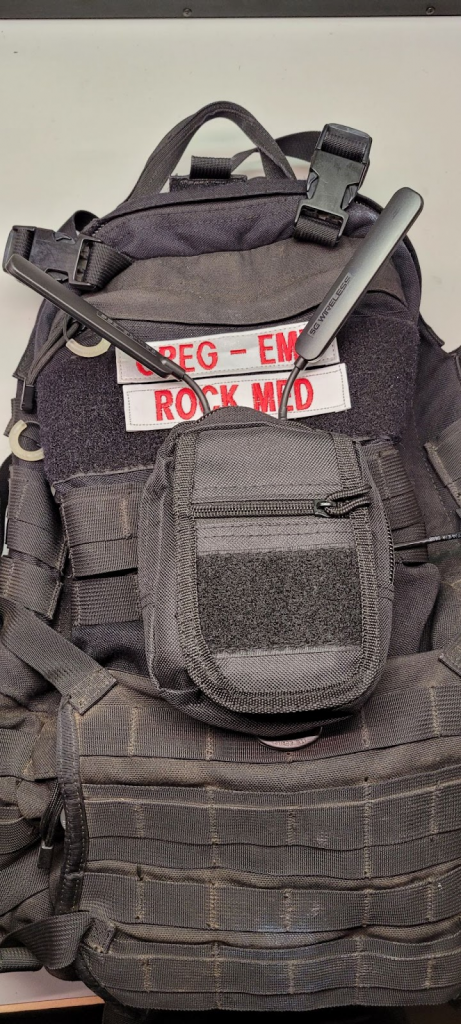
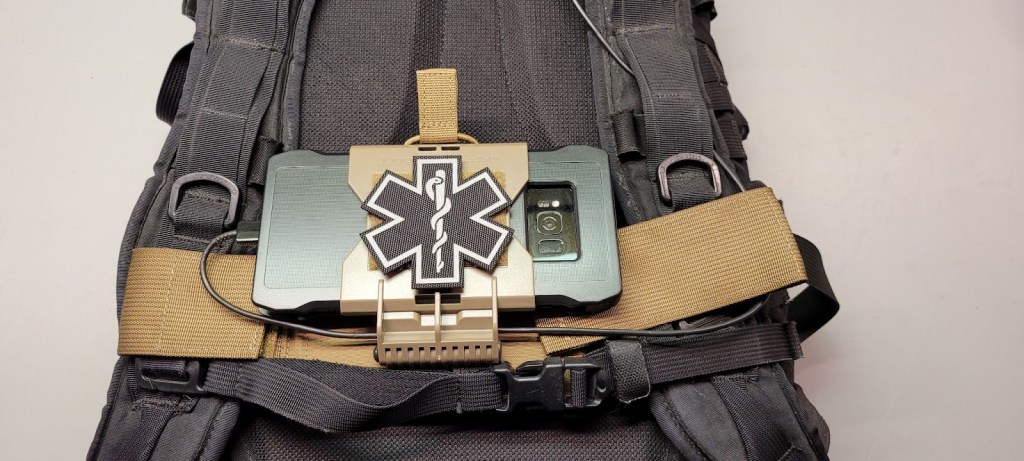
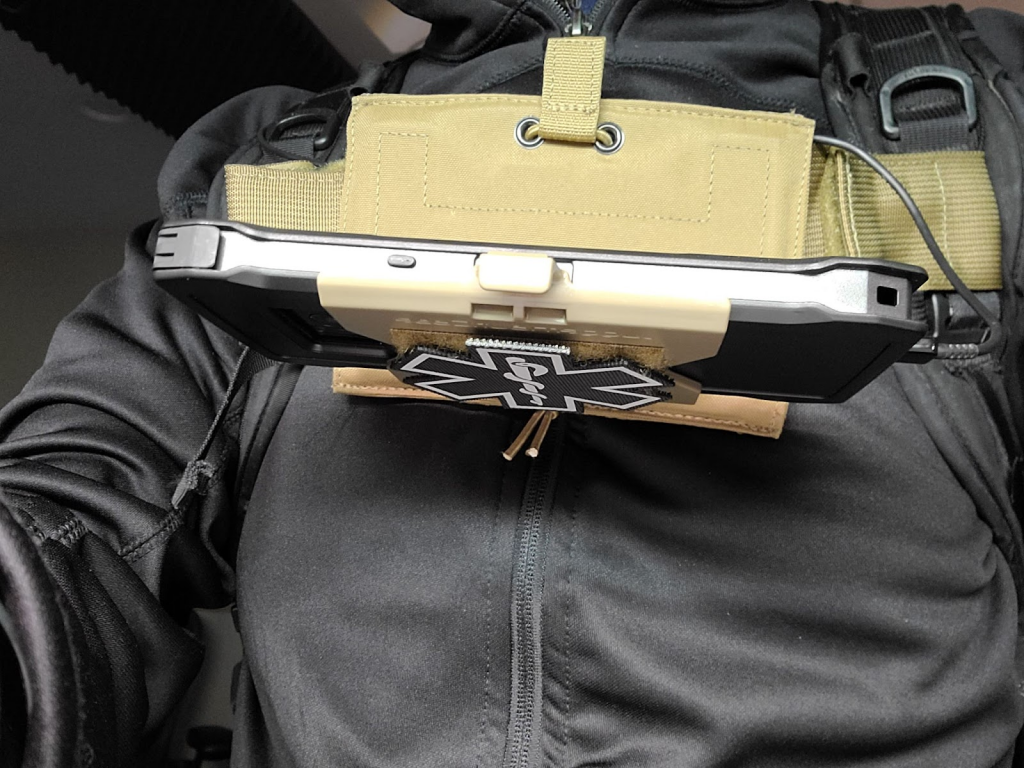
Developed by:
Greg Albrecht W2GMD from the Bay Area Mesh (sfwem.net).
Conclusion
The HaMPR system is a game-changer for those in need of portable, emergency communication. By combining a MANET radio and an end-user device into a single, mobile package, HaMPR empowers users to stay connected and extend the reach of their network in the most challenging environments. Whether you’re a first responder, volunteer, or amateur radio operator, HaMPR is an affordable, efficient solution for providing and maintaining critical communications in the field.
For more information about the AREDN Mesh network, visit arednmesh.org.
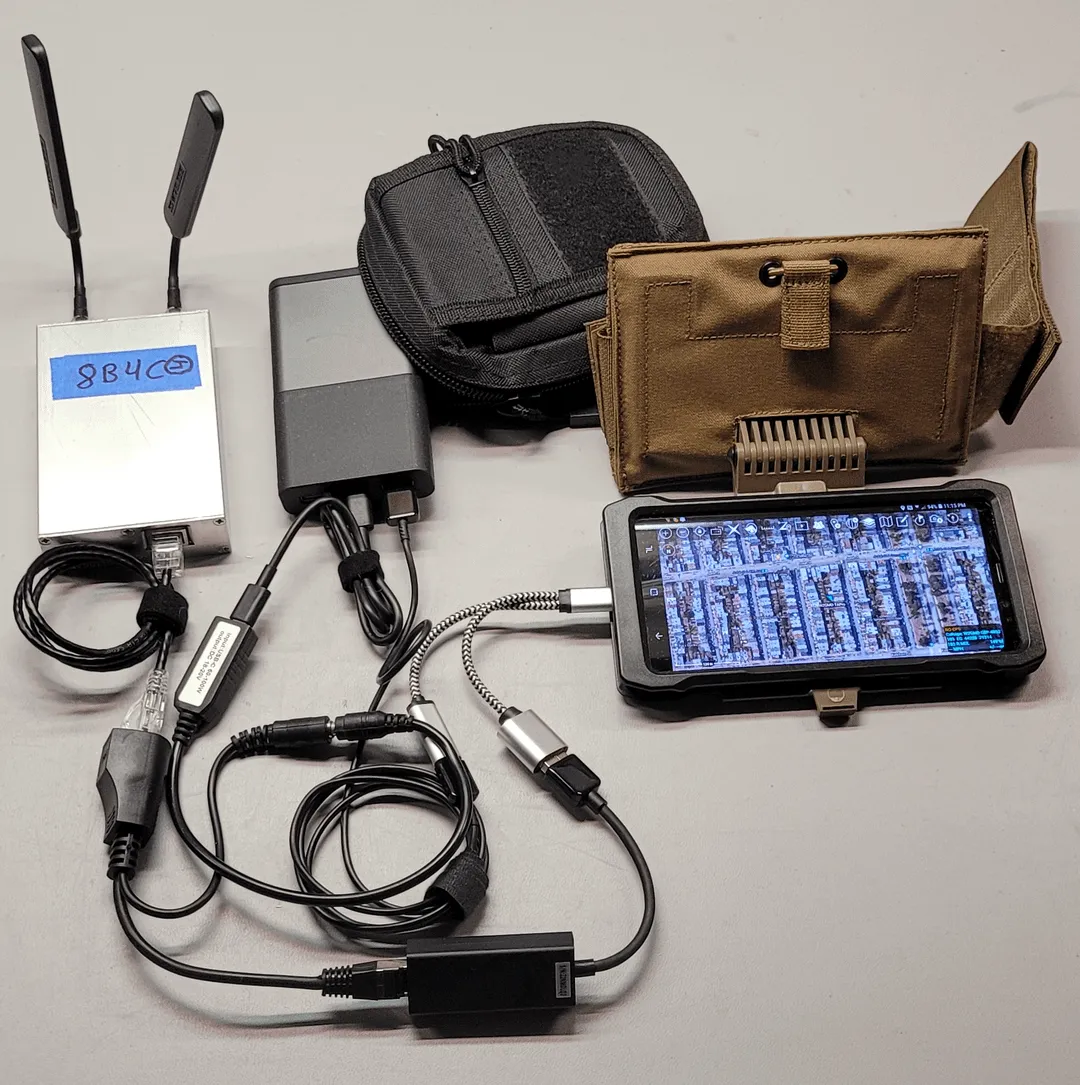

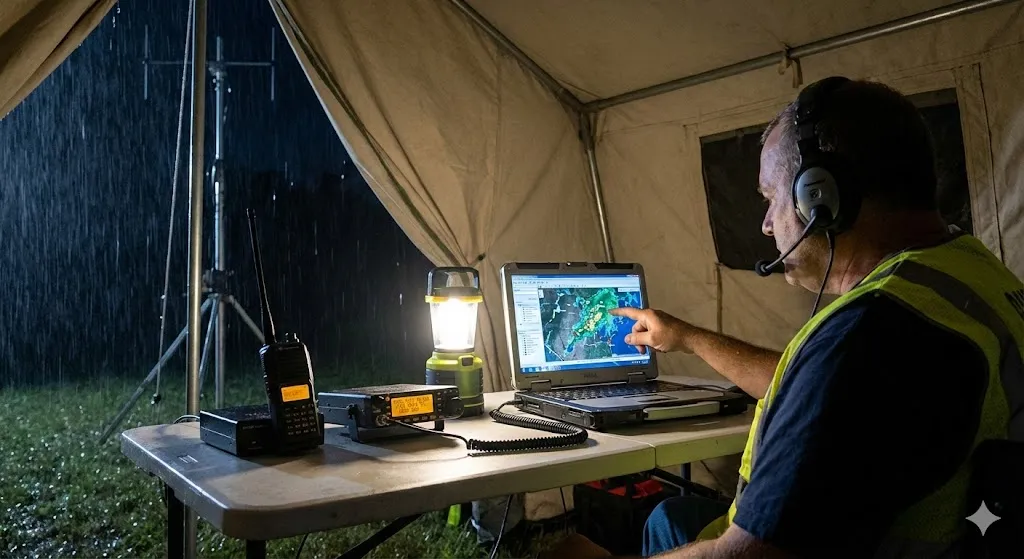
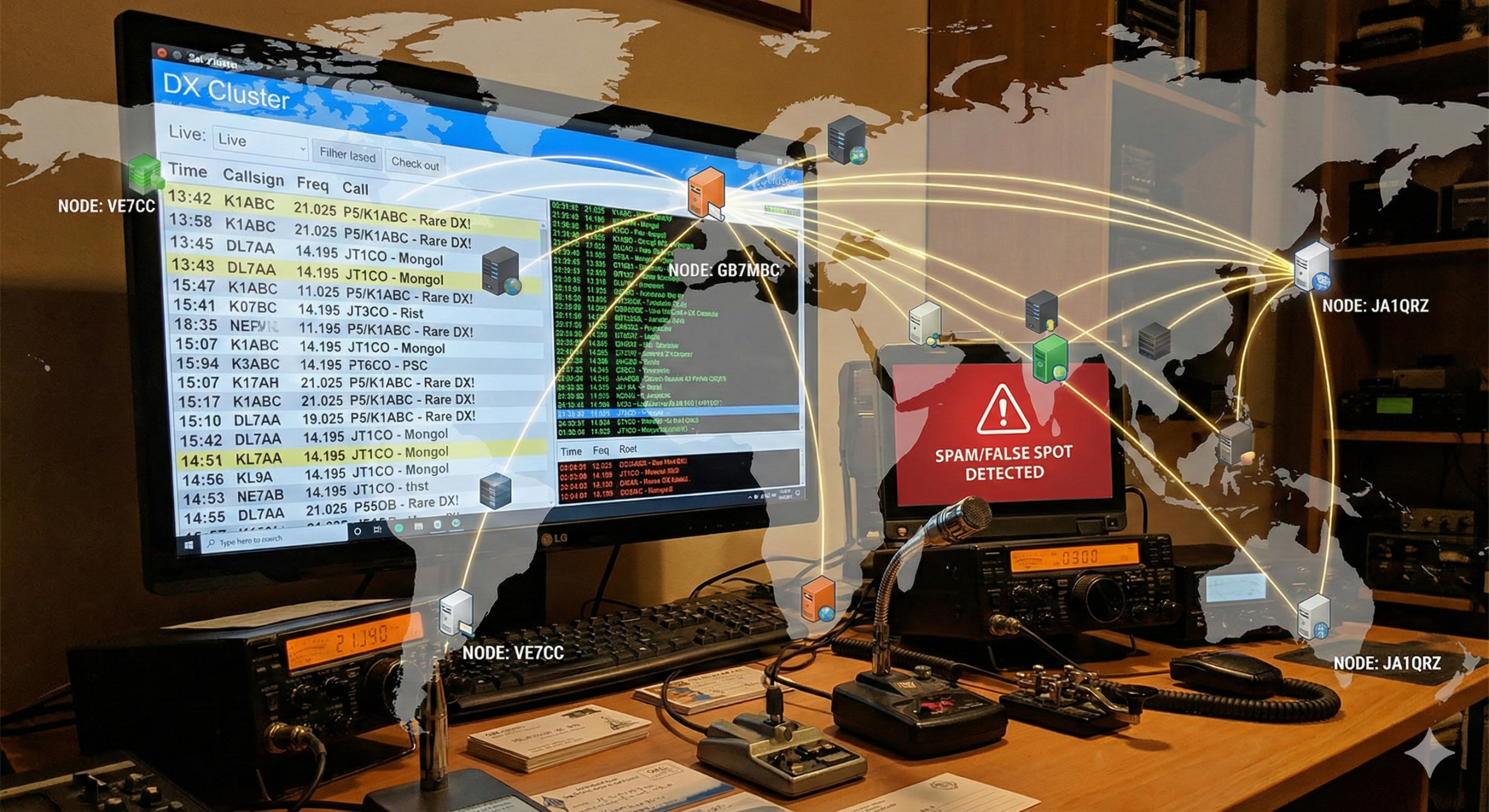



Post Comment